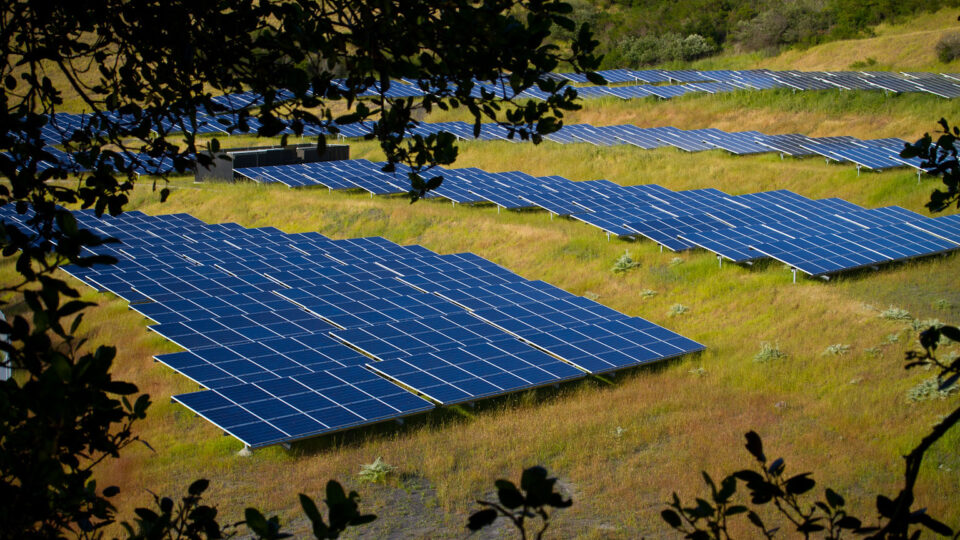According to data released by the Federal Energy Regulatory Commission, wind, solar, and hydropower provided 100% of the 1.3 GW in new U.S. electrical generating capacity added in April 2020. Furthermore, the FERC report revealed that renewable sources accounted for 56% of the 9 GW added during the first four months of the year. Apart from renewables, the balance of new generation was almost entirely made up of new natural gas capacity. There have been no new capacity additions by coal, oil, nuclear power, or geothermal energy since the beginning of the year.
Renewable energy sources now account for nearly 23% of the nation’s total available installed generating capacity and continue to increase their lead over coal, which now accounts for only 20% of the nation’s electricity generation.
FERC data also suggests that renewables’ share of generating capacity should increase significantly over the next three years. So-called “high probability” generation capacity additions for wind, minus anticipated retirements, project a net increase of nearly 27 GW, while solar is projected to grow by 24 GW. By comparison, net growth for natural gas is expected to be just over 20 GW.
Hydropower, geothermal, and biomass are all expected to experience net growth while the generating capacity of coal and oil are expected to plummet. Nuclear power is forecasted to remain essentially unchanged.
In total, over the next three years, the mix of all renewables is predicted to add more than 50 times the net new generating capacity added by natural gas, coal, oil, and nuclear power combined. Renewables are truly on the rise.
**********
Web Links
Photo, posted May 24, 2011, courtesy of Michael Mees via Flickr.
Earth Wise is a production of WAMC Northeast Public Radio.
